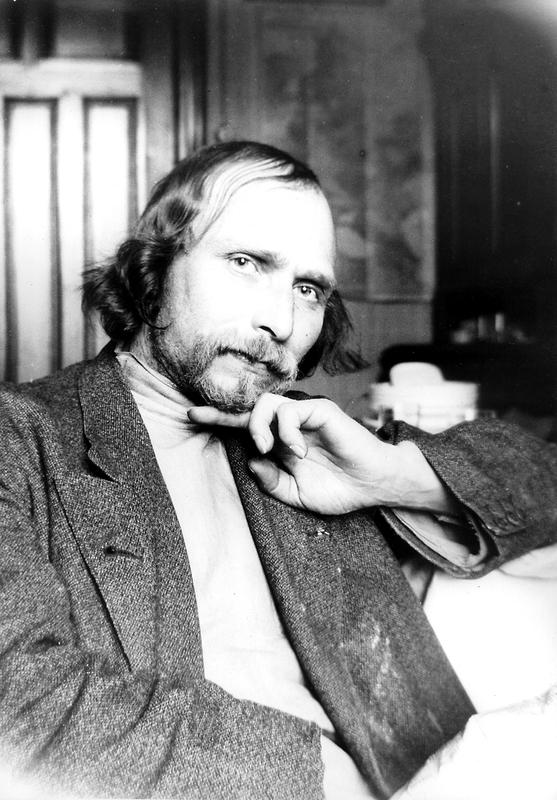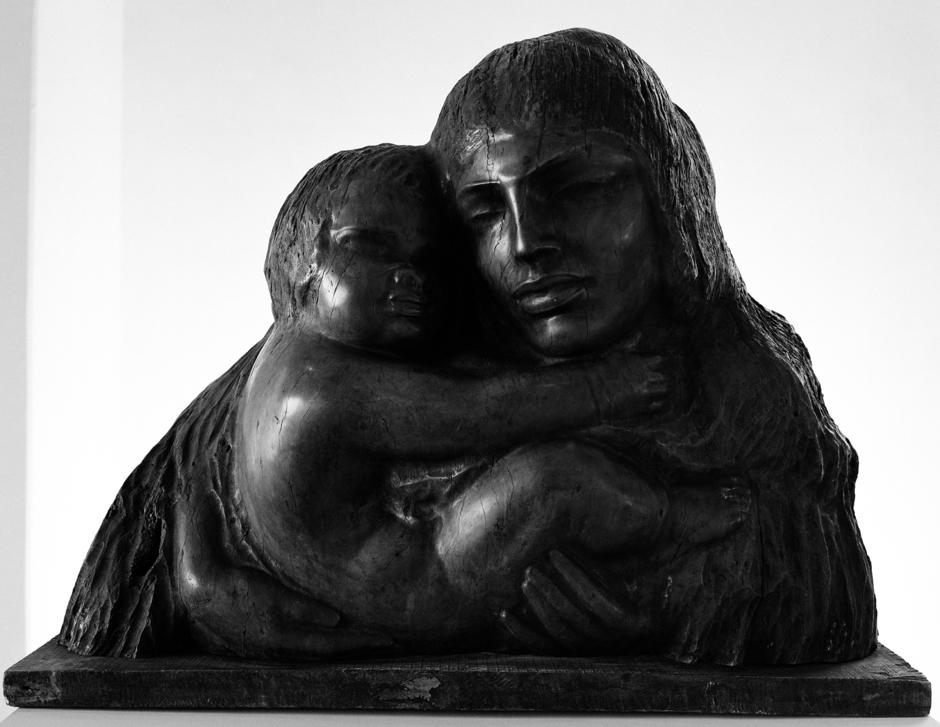Culture
Mordvins used to practice a similar nature religion as Maris. Today, the traditional beliefs can only be seen in some customs and practices.
The Mordvins have rich folklore. epic poems, extensive fairy tales and mythological songs. Several epic poems have been compiled from the songs. The most important is the 500-page Mastorava ([Mother Earth] 1994, translated into Moksha in 2001). It contains the entire Mordvin world view, mythology and history.
The translation of Mastorava into Finnish is available on the M. A. Castrén Society website.
The best-known Mordvin artist is sculptor Stepan Erzya (1876–1959). He started as an apprentice of icon painters and was later admitted to the Moscow School of Painting, Sculpture and Architecture. In 1906–1914, Erzya made a study trip to France and Italy and took part in many international exhibitions. Following his return to Russia, he worked in areas including the Caucasus. In 1926, he travelled to France again and from there to Argentina, where he settled for 20 years. In 1950, Erzya returned to Mordovia and brought along his massive sculptures, which can still be seen in the Erzya Mordovian Museum of Visual Arts in Saransk.

